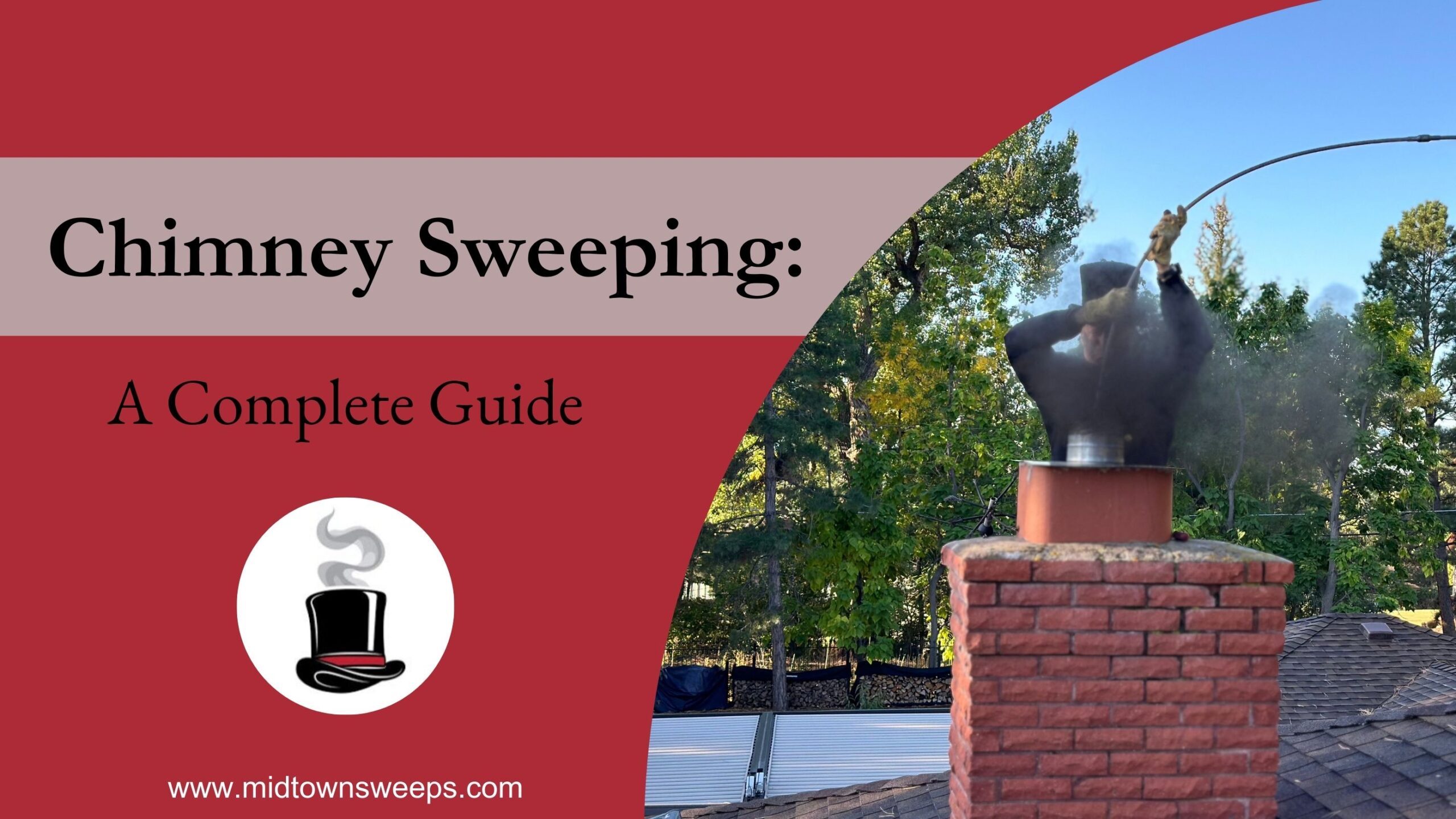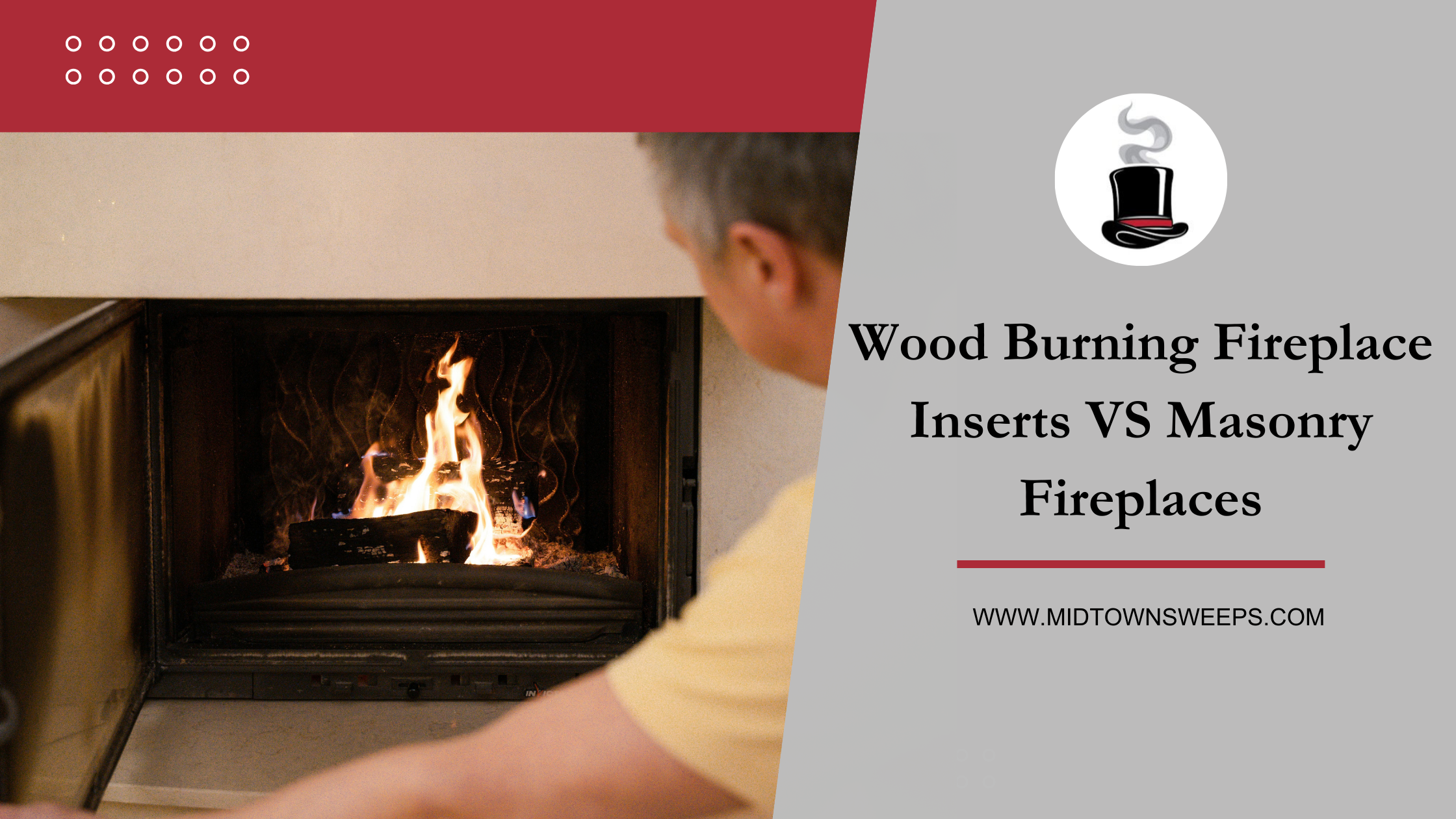The Firewood Poem
If the logs are kept a year,
Chestnut’s only good they say,
If for logs ’tis laid away.
Make a fire of Elder tree,
Death within your house will be;
But ash new or ash old,
Is fit for a queen with crown of gold
Blaze up bright and do not last,
it is by the Irish said
Hawthorn bakes the sweetest bread.
Elm wood burns like churchyard mould,
E’en the very flames are cold
But ash green or ash brown
Is fit for a queen with golden crown
Fills your eyes and makes you choke,
Apple wood will scent your room
Pear wood smells like flowers in bloom
Oaken logs, if dry and old
keep away the winter’s cold
But ash wet or ash dry
a king shall warm his slippers by.
— by Celia Congreve, c. 1930
What is the best thing about firewood?
We asked around and found that people love burning firewood in a fireplace because…
- “It reminds me of my family”
- “It brings back memories of Christmas time when we were all together and safe and warm during a cold winter”
- “I love it when firewood makes a popping noise”
- “I love to stare into the fire”
- “I love going out in the woods looking for sticks and dry grass to start the fire. Anticipation of the close of day and the evening fire.”
What is the relative value of different kinds of Firewood?
No blog about firewood would be complete without some practical reference to BTUs! Firewood is any combustible flora or plant matter that is convenient and useful to burn in a fireplace or wood stove for heating purposes. In the American novel of the westward expansion of the mid to late 1800’s by Laura Ingalls Wilder, Little House on the Prarie, we read about the Long Winter. During this prolonged cold season there became a shortage of firewood. Due to the nature of the Mid West, straw was available and used for fuel to create heat in the little clapboard structure the family lived in. Evenings were spent twisting straw and braiding it into thin cords that would be fed into the wood stove.
Thankfully, due to modern technology, all EPA Phase II stoves burn cordwood with around 60%-80% efficiency. It makes me wish I could transport one of these efficient wood stoves back into Laura Ingalls Wilder’s little house during the long winter and help her family stay warm!
Chart of Helpful Information about Fire Wood
| Species | Relative Heat |
Easy to Burn |
Easy to Split |
Heavy Smoke? |
Throw Sparks? |
General Rating |
Aroma | Weight of Seasoned Cord-lbs |
Heat Produced per Cord M Btu |
| Hardwoods | |||||||||
| Black Ash | Med | Yes/Fair | Yes | No | No/Few | Excel | Minim | 2,992 | 19.1 |
| White Ash | High | Yes/Fair | Yes | No | No/Few | Excel | Minim | 3,689 | 23.6 |
| Red Oak | High | Yes/Poor | No | No | No/Few | Excel | Fair | 3,757 | 24.0 |
| White Oak | High | Yes | No | No | No | Excel | . | 4,012 | 25.7 |
| Beech | High | Yes/Poor | Yes | No | No/Few | Excel | Minim | 3,757 | 24.0 |
| Blue Beech | High | Yes/Poor | Yes | No | No/Few | Excel | Minim | 3,890 | 26.8 |
| White Birch | Med | Yes/Good | Yes | No | No/Mod | Excel | Minim | 3,179 | 20.3 |
| Grey Birch | Med | Yes/Good | Yes | No | No/Mod | Poor | Minim | 3,179 | 20.3 |
| Yellow Birch | High | Yes/Good | Yes | No | No/Mod | Excel | Minim | 3,689 | 23.6 |
| Paper Birch | Med | Yes/Good | Yes | No | No/Mod | Excel | Minim | 3,179 | 20.3 |
| Black Birch | High | Yes/Good | Yes | No | No/Mod | Excel | Minim | 3,890 | 26.8 |
| Hickory | High | Yes/Fair | Bad | No | No/Mod | Excel | Good | 4,327 | 27.7 |
| Hard Maple | High | Yes | Bad | No | No | Excel | . | . | . |
| Pecan | High | Yes | Yes | No | No | Excel | . | . | . |
| Dogwood | High | Yes | Yes | No | No | Excel | . | . | . |
| Red or Soft Maple |
Med | Yes | No | No | No | Good | . | 2,924 | 18.7 |
| Cherry | Med | Yes/Poor | Yes | No | No/Few | Good | Excel | 3,120 | 20.0 |
| Black Cherry | Med | Yes/Poor | Yes | No | No/Few | Good | Excel | 2,880 | 19.9 |
| Walnut | Med | Yes | Yes | No | No | Good | . | . | . |
| White Elm | Med | Med/Fair | No | Med | No/None | Fair | Fair | 3,052 | 19.5 |
| American Elm | Med | Med/Fair | No | Med | No/None | Fair | Fair | 3,052 | 19.5 |
| Sycamore | Med | Med | No | Med | No | Fair | . | . | . |
| Gum | Med | Med | No | Med | No | Fair | . | . | . |
| Aspen | Low | Yes | Yes | Med | No | Fair | . | 2,295 | 14.7 |
| Basswood | Low | Yes | Yes | Med | No | Fair | . | 2,108 | 13.5 |
| Cottonwood | Low | Yes | Yes | Med | No | Fair | . | 2,108 | 13.5 |
| Chestnut | Low | Yes | Yes | Med | Yes | Poor | . | . | . |
| Apple | High | Poor | . | . | Few | Med | Excel | 4,140 | 26.5 |
| Hemlock | Low | . | . | . | Many | Fair | Good | 2,482 | 15.9 |
| Black Locust | High | Poor | . | . | None | Good | Minim | 3,890 | 26.8 |
| Sugar Maple | High | Poor | No | . | Few | Good | Good | 3,757 | 24.0 |
| Eastern Hornbeam |
High | . | . | . | . | Excel | . | 4,267 | 27.3 |
| Hackberry | Med | . | . | . | . | . | . | 3,247 | 20.8 |
| Boxelder | Low | . | . | . | . | . | . | 2,797 | 17.9 |
| Butternut | Low | . | . | . | . | Poor | . | 2,100 | 14.5 |
| Softwoods | . | ||||||||
| Yellow Poplar | Low | Yes | Yes | Med | Yes | Poor | . | . | . |
| Southern Yellow Pine |
High/ Low |
Yes | Yes | Yes | No/Mod | Good | Good | . | . |
| Douglas Fir | High | Yes | Yes | Yes | No | Good | . | . | . |
| Cypress | Med | Med | Yes | Med | No | Fair | . | . | . |
| Redwood | Med | Med | Yes | Med | No | Fair | . | . | . |
| White Cedar | Med/ Low |
Yes/Exc | Yes | Med | Some | Good | Excel | 1,913 | 12.2 |
| Western Red Cedar |
Med/ Low |
Yes/Exc | Yes | Med | Yes/Many | Good | Excel | . | . |
| Eastern Red Cedar |
Med/ Low |
Yes/Exc | Yes | Med | Yes/Many | Good | Excel | . | . |
| Eastern White Pine |
Low | Med/Exc | Yes | Med | No/Mod | Fair | Good | 2,236 | 14.3 |
| Western White Pine |
Low | Med/Exc | Yes | Med | No/Mod | Fair | Good | 2,236 | 14.3 |
| Sugar Pine | Low | Med/Exc | Yes | Med | No/Mod | Fair | Good | . | . |
| Ponderosa Pine |
Low | Med/Exc | Yes | Med | No/Mod | Fair | Good | 2,380 | 15.2 |
| Tamarack | Med | Yes | Yes | Med | Yes | Fair | . | 3,247 | 20.8 |
| Larch | Med | Yes | Yes | Med | Yes | Fair | . | . | . |
| Spruce | Low | Yes | Yes | Med | Yes | Poor | . | 2,100 | 14.5 |
| Black Spruce | Low | . | . | . | . | . | . | 2,482 | 15.9 |
| Jack Pine | Low | . | . | . | . | . | . | 2,669 | 17.1 |
| Norway Pine | Low | . | . | . | . | Fair | . | 2,669 | 17.1 |
| Pitch Pine | Low | . | . | . | . | Fair | . | 2,669 | 17.1 |
| Balsam Fir | Low | . | . | . | . | Poor | . | 2,236 | 14.3 |
| Willow | Low | . | . | . | . | Poor | . | 2,100 | 14.5 |
| Coals | |||||||||
| Anthracite | High | No | N/A | . | No | Good | Fair | 2,000 | 25.4 |
| Bituminous Hi-Volat |
Med | Med | N/A | . | No | Med | Fair | 2,000 | 22.0 |
| Bituminous Lo-Volat |
Med | Yes | N/A | . | No | Med | Fair | 2,000 | 28.6 |
| Lignite | Low | Yes | N/A | . | No | Poor | Fair | 2,000 | 13.8 |
| Charcoal | High | Yes | N/A | . | No | Poor | Fair | 2,000 | 26.0 |
based on data from: U.S. Forest Products Laboratory. Weight and Heat content figures are based on seasoned wood at 20% moisture content, and 85 cu ft of wood per cord. A “cord” of wood is defined as a stack 4 feet high, 4 feet thick and 8 feet long. (A cord has about 85 cu ft of wood and not 128, because of the air spaces between the pieces). “Face cords” are often sold. These are amounts of wood that are still 4 feet high and 8 feet long, but of a lesser depth than 4 feet. Commonly, wood for sale is cut to 16 inches long, and stacked as a face cord. This is 1/3 of an actual cord, and it is also called a “rank” or “rick” or “stove cord” or “fireplace cord”.











